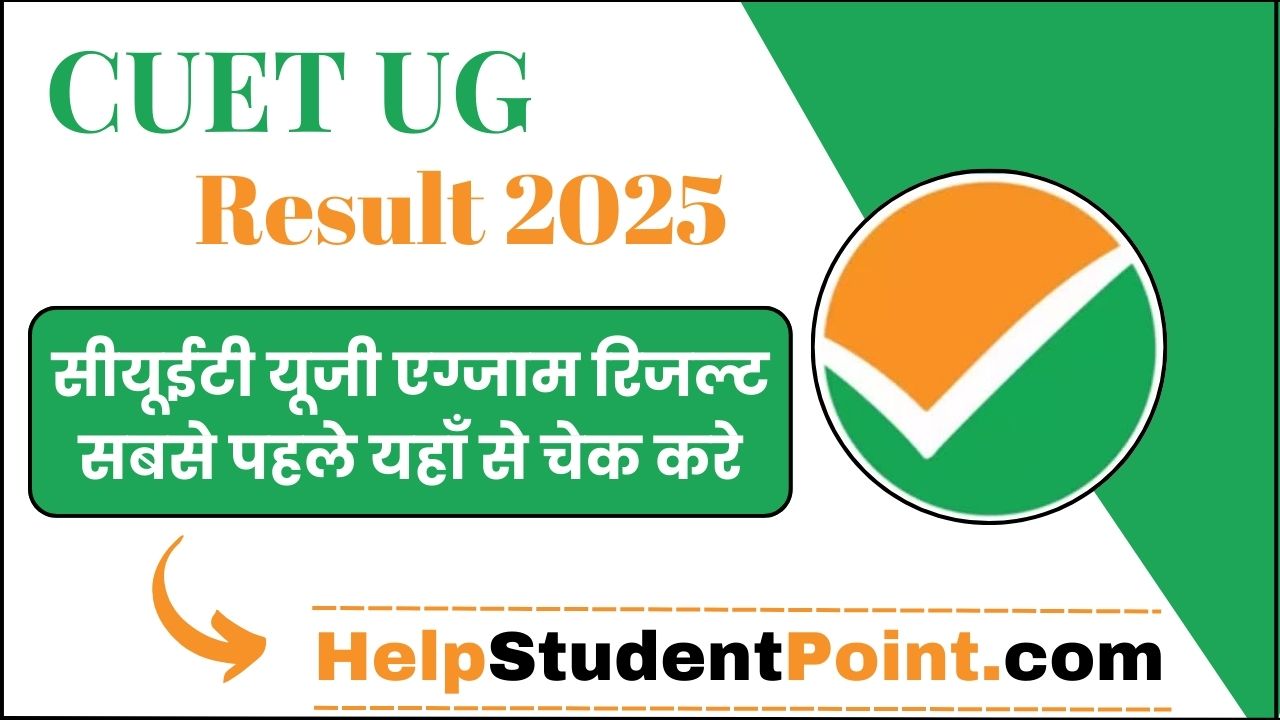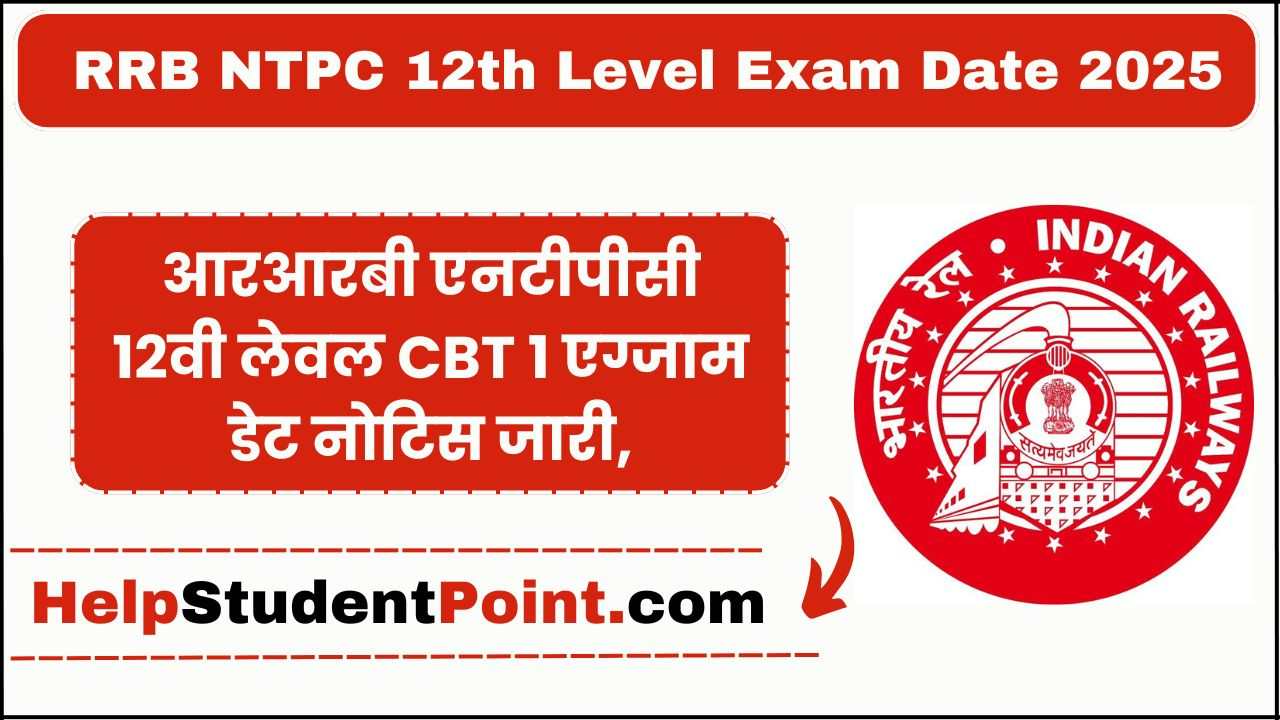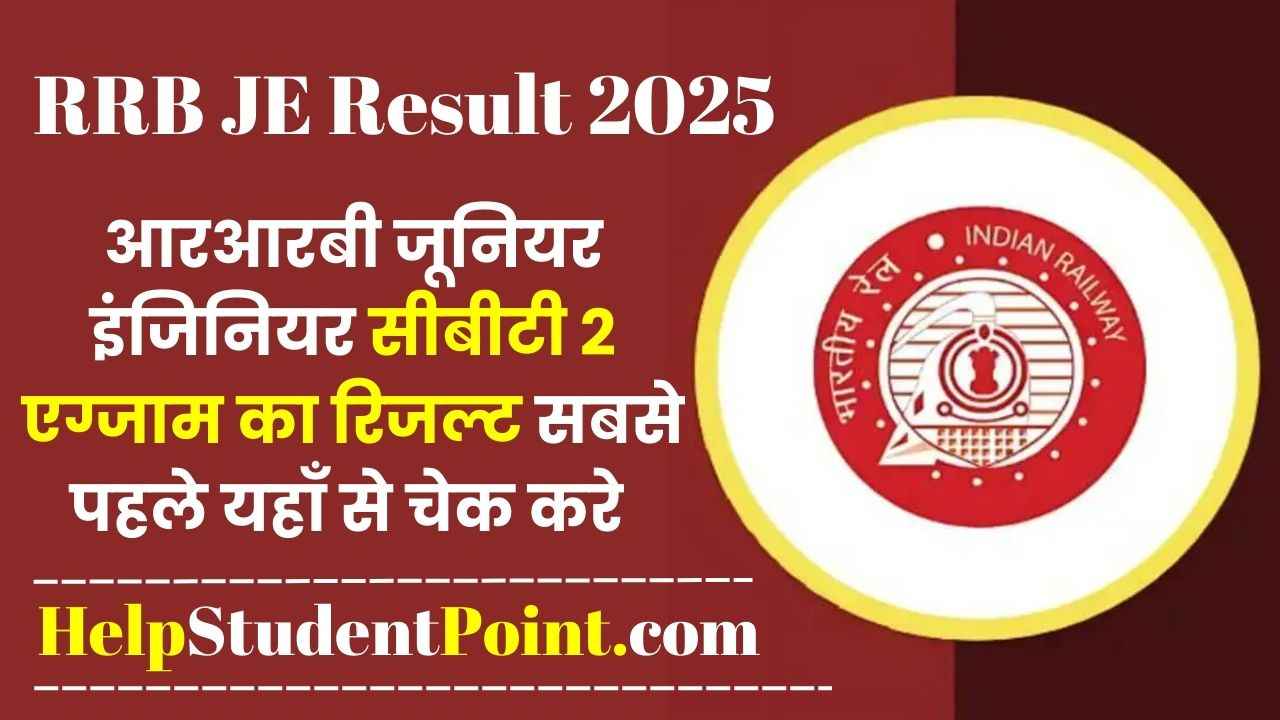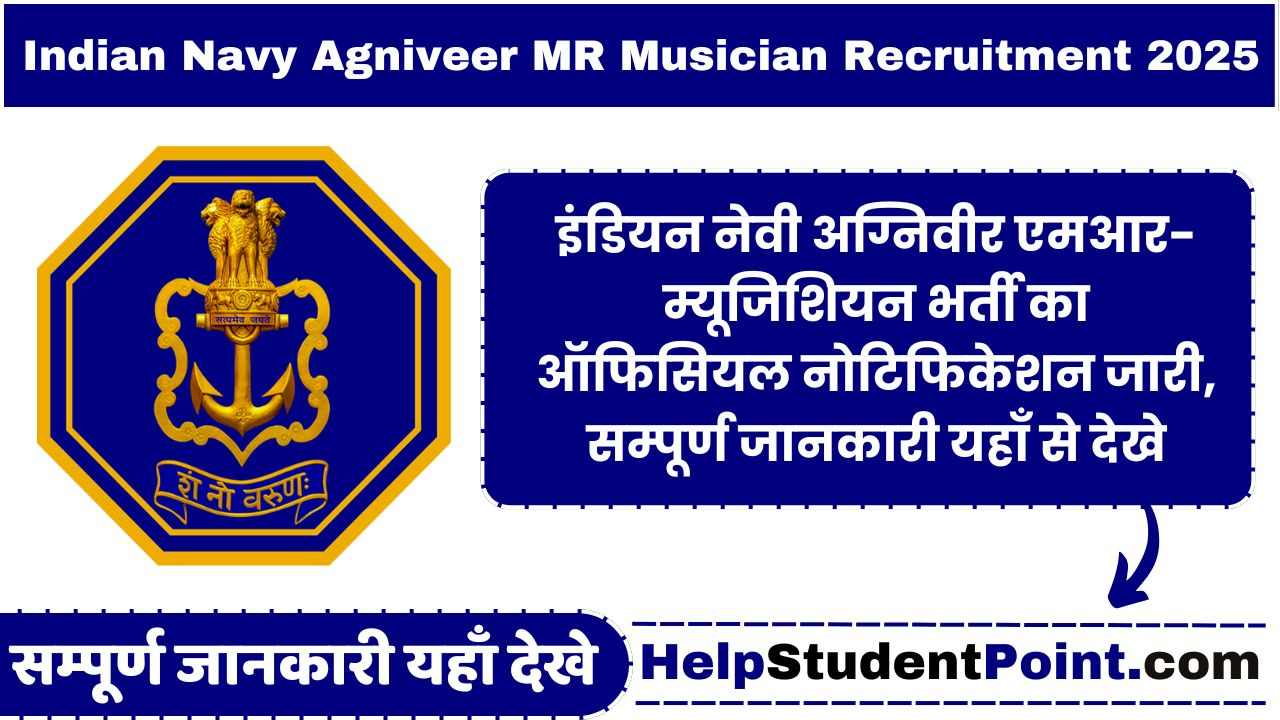ssc cgl syllabus pdf, ssc cgl 2022 syllabus, ssc cgl syllabus in hindi, ssc cgl tier 1 syllabus, ssc cgl tier 2 syllabus, ssc cgl maths syllabus, ssc cgl syllabus 2022, ssc cgl tier 3 syllabus,ssc cgl syllabus,ssc cgl syllabus 2022,ssc cgl syllabus in hindi
Staff Selection Commission will hold Combined Graduate Level Examination, for filling up of various Group ‘B’ and Group ‘C’ posts in different Ministries/ Departments/ Organizations.SSC CGL Officer is a one of the prestigious and most sought career in India in the field of government job. The reason behind this is the in hand salary, lucrative perks, better future prospects and respect in the family & in the society. In order to crack SSC CGL 2021 Examination, Aspirants need to have complete understanding of the topics covered under the exam. For covering those topics in details, aspirants should have the knowledge of Syllabus.
SSC CGL Selection Process 2022
|
Tier
|
Type of Exam
|
Mode of Exam
|
|
Tier – I
|
Objective Multiple Choice
|
Computer Based (Online)
|
|
Tier – II
|
Objective Multiple Choice
|
Computer Based (Online)
|
|
Tier – III
|
Descriptive Paper in English or Hindi
|
Pen and Paper mode (Offline)
|
|
Tier – IV
|
Skill Test: Data Entry Speed Test (DEST)/ Computer Proficiency Test (CPT)
|
Wherever Applicable (Not necessary for all the post)
|
|
Document Verification
|
Applicable for all
|
SSC CGL Syllabus & Exam Pattern TIER-1
| SSC CGL TIER-1 Examination Pattern |
| Subject |
Question |
Marks |
Time(minutes) |
General Intelligence and
Reasoning |
25 |
50 |
|
| General Awareness |
25 |
50 |
|
| Quantitative Aptitude |
25 |
50 |
|
| English Comprehension |
25 |
50 |
|
| Total |
100 |
200 |
60 (Combined) |
|
SSC CGL Syllabus for General Intelligence and Reasoning
|
- Blood Relations
- Series
- Verbal Reasoning
- Non Verbal Reasoning
- Direction & Distance
- Venn Diagram
- Word Formation
- Matrix
- Paper Folding
- Coding Decoding
- Analogy
- Classification
|
SSC CGL Syllabus for General Awareness
|
- Economics
- History
- Science
- Geography
- Static General Knowledge
- Last six Months Current Affairs
|
| Also Read |
| SSC CGL Previous Question Paper |
| SSC CGL Best Books |
| SSC CGL Exam 2022 |
| SSC CGL Salary In Hand |
| Official Website |
SSC CGL Syllabus for Quantitative Aptitude
|
- Data Interpretation
- Mensuration
- Number System
- Time and Work
- Algebra
- Trigonometry
- Geometry
- Speed, Distance, and Time
- Problem on Ages
- Ratio and Proportion
- Percentage
- Average
- Simple Interest
- Compound Interest
- Simplification
|
| SSC CGL Syllabus for English Comprehension |
- Error Spotting
- Paragraph Completion
- Vocabulary
- Fill in the blanks
- Para jumbles
- Cloze Test
- Reading Comprehension
- Words swap
- words replacement
- Spellings
- Phrases and Idioms
- One word Substitution
- Active/Passive
- Narrations
- Miscellaneous
|
SSC CGL Syllabus For TIER-2
| Name of the test |
Question |
Maximum Marks |
Time (Minutes) |
| Paper-I: Quantitative Abilities |
100 |
200 |
120 |
Paper-II: English Language and
Comprehension |
200 |
200 |
120 |
| Paper-III: Statistics |
100 |
200 |
120 |
Paper-IV: General Studies
(Finance and Economics) |
100 |
200 |
120 |
|
| SSC CGL Syllabus for Paper-I: Quantitative Abilities |
- Data Interpretation
- Mensuration
- Number System
- Time and Work
- Algebra
- Trigonometry
- Geometry
- Speed, Distance, and Time
- Problem on Ages
- Ratio and Proportion
- Percentage
- Average
- Simple Interest
- Compound Interest
- Simplification
|
SSC CGL Syllabus for Paper-II: English Language and
Comprehension |
- Error Spotting
- Paragraph Completion
- Vocabulary
- Fill in the blanks
- Para jumbles
- Cloze Test
- Reading Comprehension
- Words swap
- words replacement
- Spellings
- Phrases and Idioms
- One word Substitution
- Active/Passive
- Narrations
- Miscellaneous
|
| SSC CGL Syllabus for Paper-III: Statistics |
Collection, Classification and Presentation of Statistical Data
- Primary and Secondary data
- Methods of data collection
- Tabulation of data
- Graphs and charts
- Frequency distributions
- Diagrammatic presentation of frequency distributions
Measures of Central Tendency
- Common measures of central tendency
- mean median and mode
- Partition values- quartiles, deciles, percentiles
Measures of Dispersion
- Common measures dispersion – range, quarterly deviations mean deviation and standard deviation
- Measures of relative dispersion
Moments, Skewness and Kurtosis
- Different types of moments and their relationship
- Meaning of skewness and kurtosis
- Different measures of skewness and kurtosis
Correlation and Regression
- Scatter diagram
- simple correlation coefficient
- simple regression lines
- Spearman’s rank correlation
- Measures of association of attributes
- Multiple regression
- Multiple and partial correlation (For three variables only)
Probability Theory
- Meaning of probability
- Different definitions of probability
- Conditional probability
- Compound probability
- Independent events
- Bayes’ theorem
Random Variable and Probability Distributions
- Random variable
- Probability functions
- Expectation and Variance of a random variable
- Higher moments of a random variable
- Binomial, Poisson, Normal and Exponential distributions
- Joint distribution of two random variable (discrete)
Sampling Theory
- Concept of population and sample
- Parameter and statistic, Sampling and non-sampling errors
- Probability and non probability sampling techniques (simple random sampling, stratified sampling, multistage sampling, multiphase sampling, cluster sampling, systematic sampling, purposive sampling, convenience sampling and quota sampling)
- Sampling distribution (statement only)
- Sample size decisions
Statistical Inference
- Point estimation and interval estimation, Properties of a good estimator, Methods of estimation (Moments
method, Maximum likelihood method, Least squares method), Testing of hypothesis, Basic concept of testing, Small sample and large sample tests, Tests based on Z, t, Chi-square and F statistic, Confidence intervals.
Analysis of Variance
- Analysis of one-way classified data and two way classified data
Time Series Analysis
- Components of time series
- Determinations of trend component by different methods
- Measurement of seasonal variation by different methods
Index Numbers
- Meaning of Index Numbers
- Problems in the construction of index numbers
- Types of index number
- Different formulae
- Base shifting and splicing of index numbers
- Cost of living Index Numbers
- Uses of Index Numbers
SSC CGL Syllabus for Paper-IV: General Studies (Finance and Economics)
Part A: Finance and Accounts
- Financial Accounting: Nature and scope, Limitations of Financial Accounting, Basic concepts and Conventions, Generally Accepted Accounting Principles
- Basic concepts of accounting: Single and double entry, Books of original Entry, Bank Reconciliation, Journal, ledgers, Trial Balance, Rectification of Errors, Manufacturing, Trading, Profit & loss Appropriation
Accounts, Balance Sheet Distinction between Capital and Revenue Expenditure, Depreciation Accounting, Valuation of Inventories, Non-profit organisations Accounts, Receipts and Payments and Income & Expenditure Accounts, Bills of Exchange, Self Balancing Ledgers.
Part B: Economics and Governance
- Comptroller & Auditor General of India – Constitutional provisions, Role and responsibility
- Finance Commission – Role and functions
- Basic Concept of Economics and introduction to Micro Economics: Definition, scope and nature of Economics, Methods of economic study and Central problems of an economy and Production possibilities curve
- Theory of Demand and Supply: Meaning and determinants of demand, Law of demand and Elasticity of demand, Price, income and cross elasticity; Theory of consumer’s behavior Marshallian approach and Indifference curve approach, Meaning and determinants of supply, Law of supply and Elasticity of Supply
- Theory of Production and cost: Meaning and Factors of production; Laws of production- Law of variable proportions and Laws of returns to scale
- Forms of Market and price determination in different markets: Various forms of markets-Perfect Competition, Monopoly, Monopolistic Competition and Oligopoly and Price determination in these markets
- Indian Economy- Nature of the Indian Economy Role of different sectorsRole of Agriculture, Industry and Services-their problems and growth, National Income of India-Concepts of national income, Different methods of measuring national income, Population- Its size, rate of growth and its implication on
economic growth, Poverty and unemployment- Absolute and relative poverty, types, causes and incidence of unemployment
- Infrastructure– Energy, Transportation, Communication
- Economic Reforms in India: Economic reforms since 1991; Liberalisation, Privatisation, Globalisation and Disinvestment
- Money and Banking- Monetary/ Fiscal policy- Role and functions of Reserve Bank of India; functions of commercial Banks/ RRB/Payment Banks, Budget and Fiscal deficits and Balance of payments, Fiscal Responsibility and Budget Management Act, 2003
- Role of Information Technology in Governance
Tier-III Examination
| Mode of Examination |
Scheme of Examination |
Maximum Marks |
Time Allowed |
| Pen and Paper mode |
Descriptive Paper in English or Hindi (Writing of Essay/ Precis/ Letter/ Application etc.) |
100 |
1 hour
(1 hour and 20 minutes for the candidates who are eligible for scribe as per Para-7.1 and 7.2) |
- The Paper in Tier-III will have to be written either in Hindi or in English. Part paper written in Hindi and part in English will be awarded zero marks.
TIER- 4 Skill Test
Date Entry Speed Test (DEST)
- For the post of Tax Assistants (Central Excise & Income Tax): Data Entry Speed Test (DEST) at 8,000 (eight thousand) Key Depression per hour on Computer
- The “Data Entry Speed Test” Skill Test will be conducted for a passage of about 2000 (two thousand) key depressions for a duration of 15 (fifteen) minutes. This test will be of qualifying nature.
Computer Proficiency Test (CPT)
- Computer Proficiency Test (CPT), comprising of three modules: (i) Word Processing, (ii) Spread Sheet
and (iii) Generation of Slides, for the posts of Assistant Section Officer in CSS, MEA & AFHQ, Assistant in Serious Fraud Investigation Office (SFIO) under the Ministry of Corporate Affairs, Assistant (GSI) in the Ministry of Mines, Inspector (Central Excise), Inspector (Preventive Officer) & Inspector (Examiner) in CBIC
- Duration of each module will be 15 minutes. These modules will be conducted one after the other
- Module-I will comprise of DEST which will be conducted for a passage of about 2000 (two thousand) key depressions
- Module-II will comprise preparation of spreadsheet as per the exercise given in the test
- Module-III will comprise preparation of Power Point Presentation as per the exercise given in the test
- CPT is qualifying in nature and qualifying in all the three Modules will be mandatory
|
Frequently Asked Questions (FAQs) On SSC CGL Syllabus & Exam Pattern 2022
Question-What are the subjects asked in SSC CGL Syllabus?
Answer- Candidates of SSC CGL exam 2021 have to prepare the following subjects: Reasoning Ability, Verbal Ability, Quantitative Aptitude, and General Awareness
Question-Is there negative marking for wrong attempts in SSC CGL exam?
Answer- Taking the SSC CGL Exam pattern into account, candidates can expect negative marking of 0.25 marks for each wrong answer in Paper-II (English Language and Comprehension) and of 0.50 marks for each wrong answer in Paper-I, Paper-III and Paper-IV.
Question- How many phases are there to clear SSC CGL exam?
Answer- There are four phases to clear this prestigious exam. (i) TIER-1 (ii) TIER-2 (iii) TIER-3 (iv) TIER-4
Question- Do all candidates have to appear for all the tiers of the SSC CGL Exam?
Answer- No. Paper-I, II, and III are compulsory for all posts. Paper-IV will be for only those candidates, for the posts of Assistant Audit Officer/ Assistant Accounts Officer





